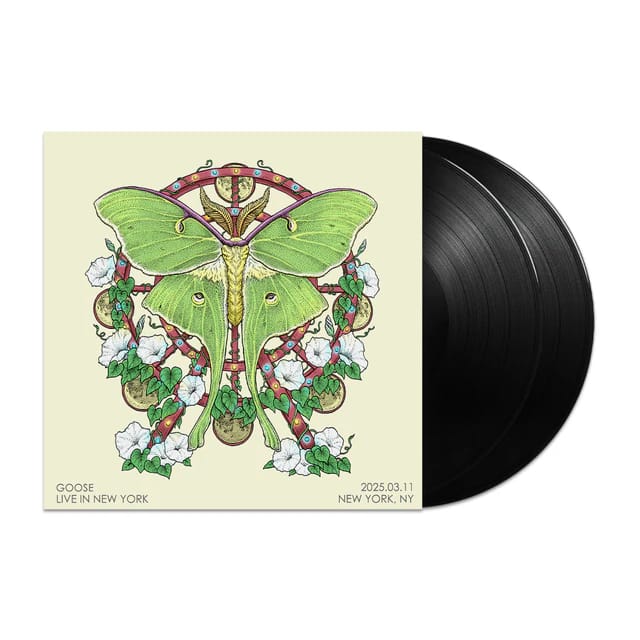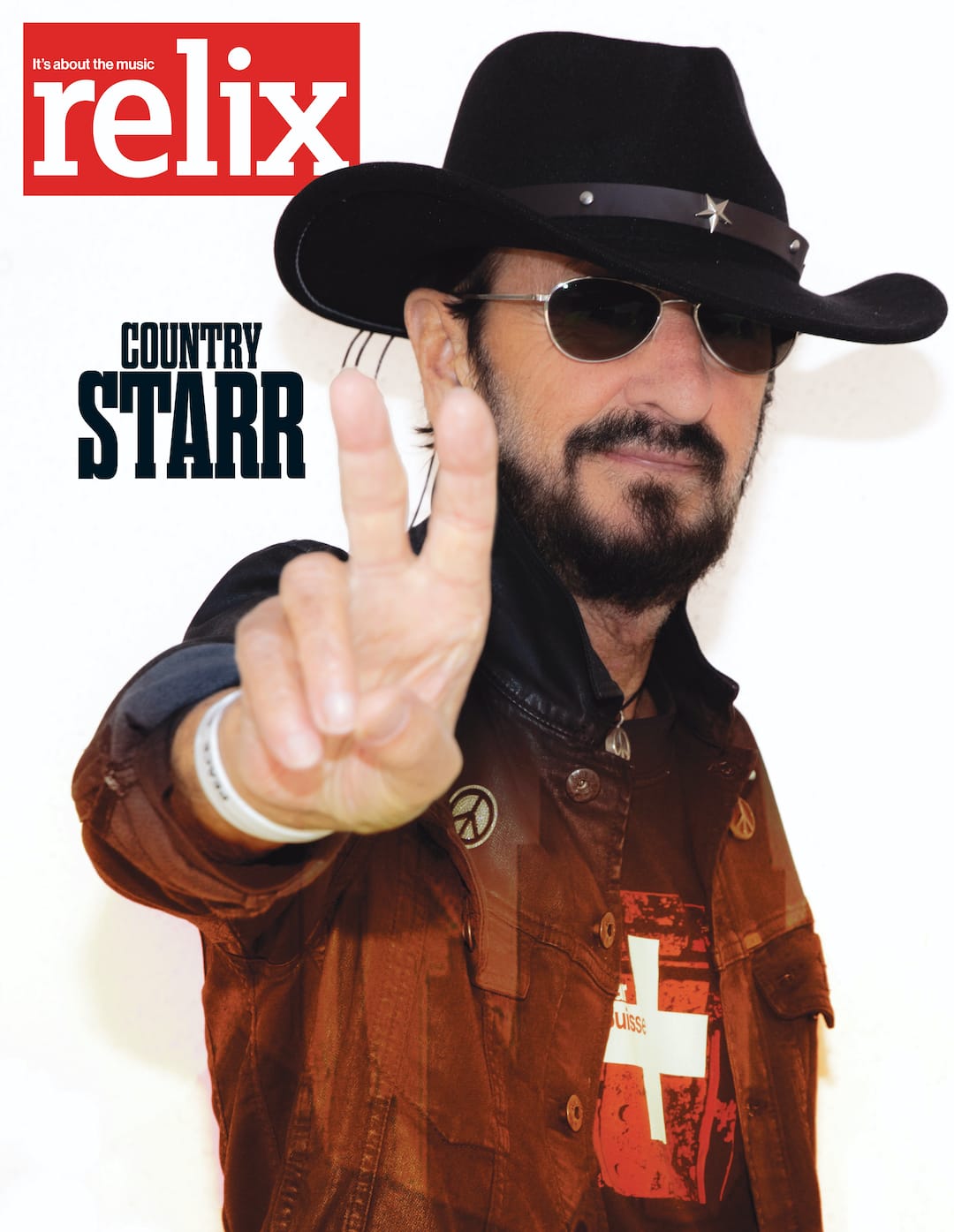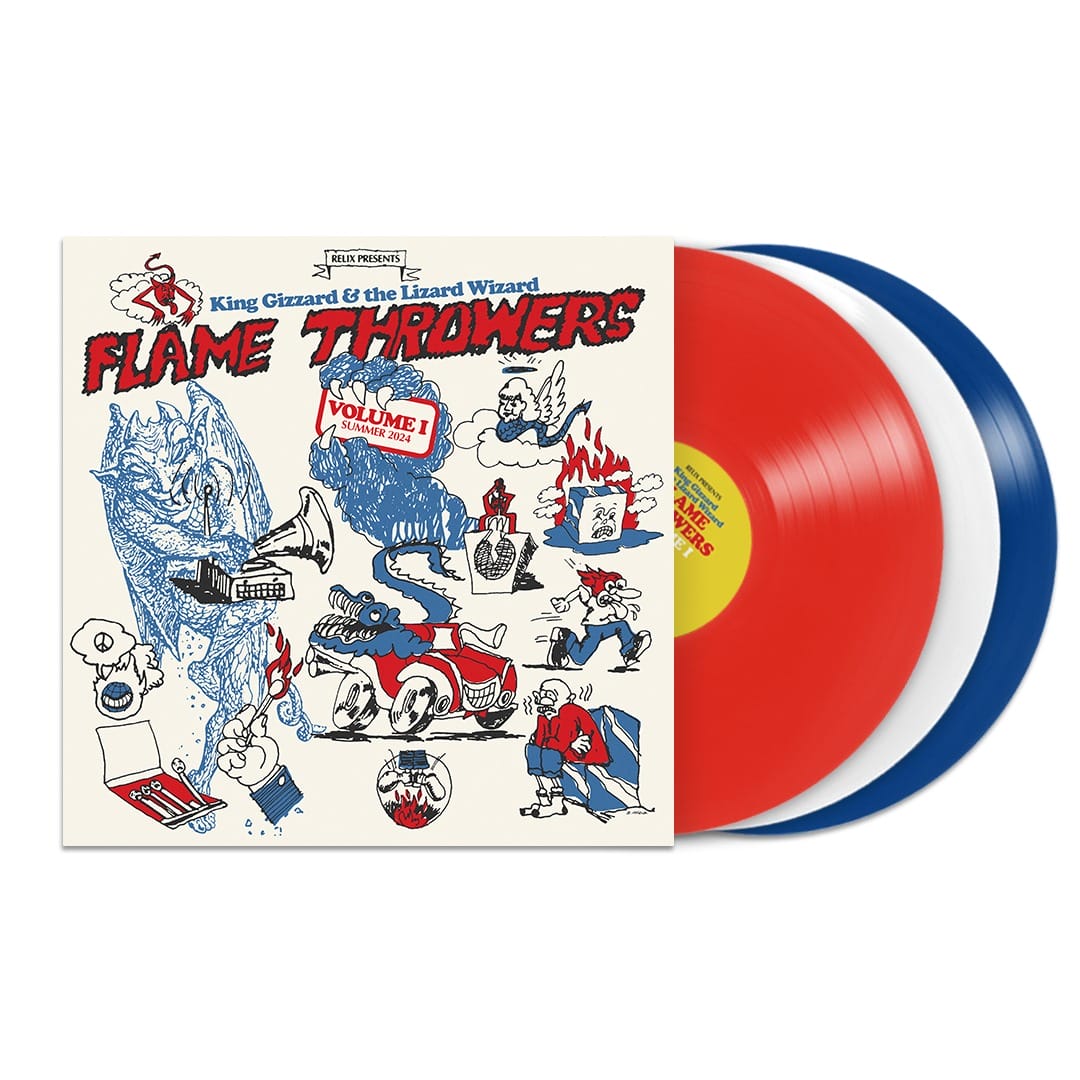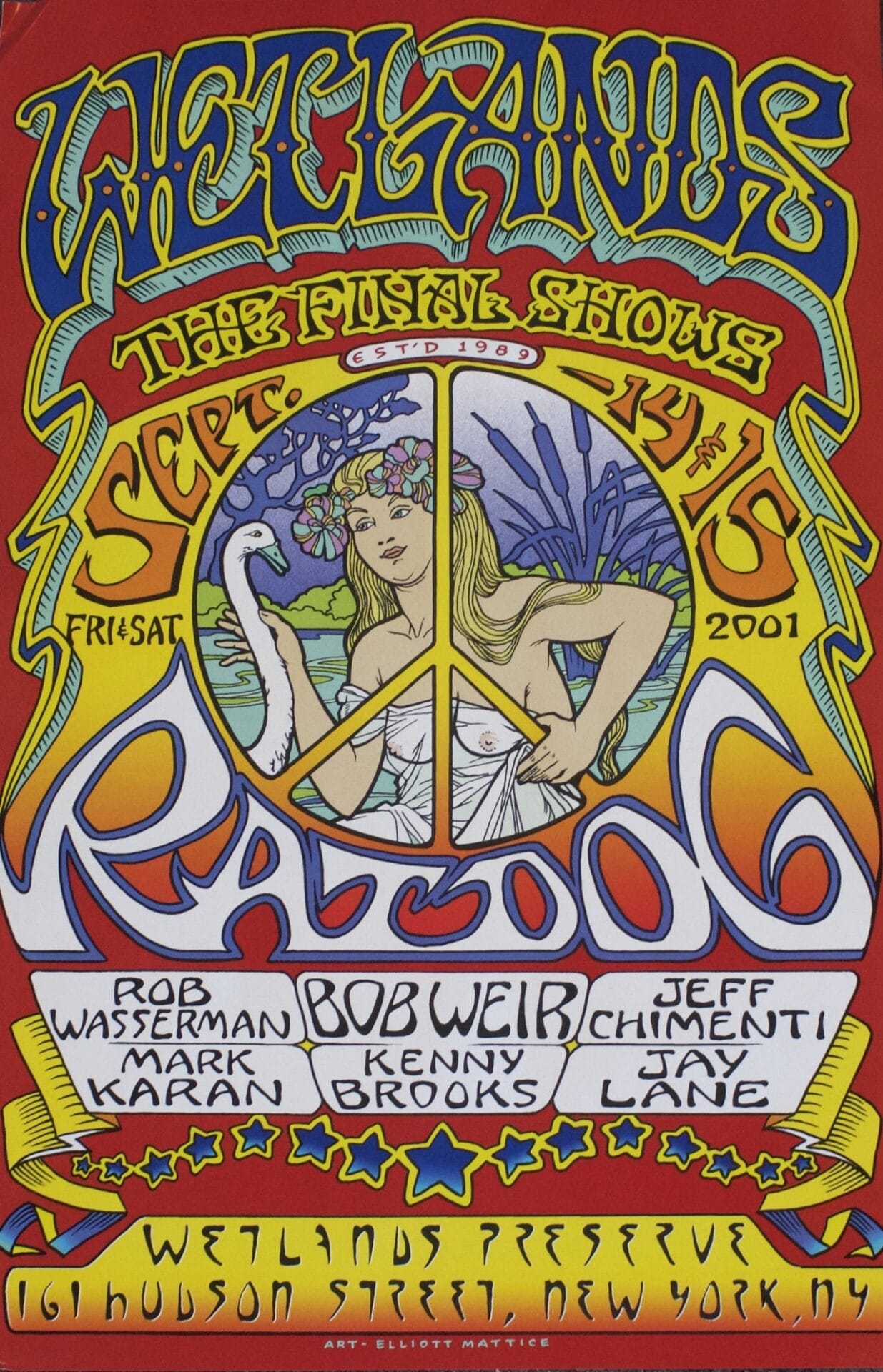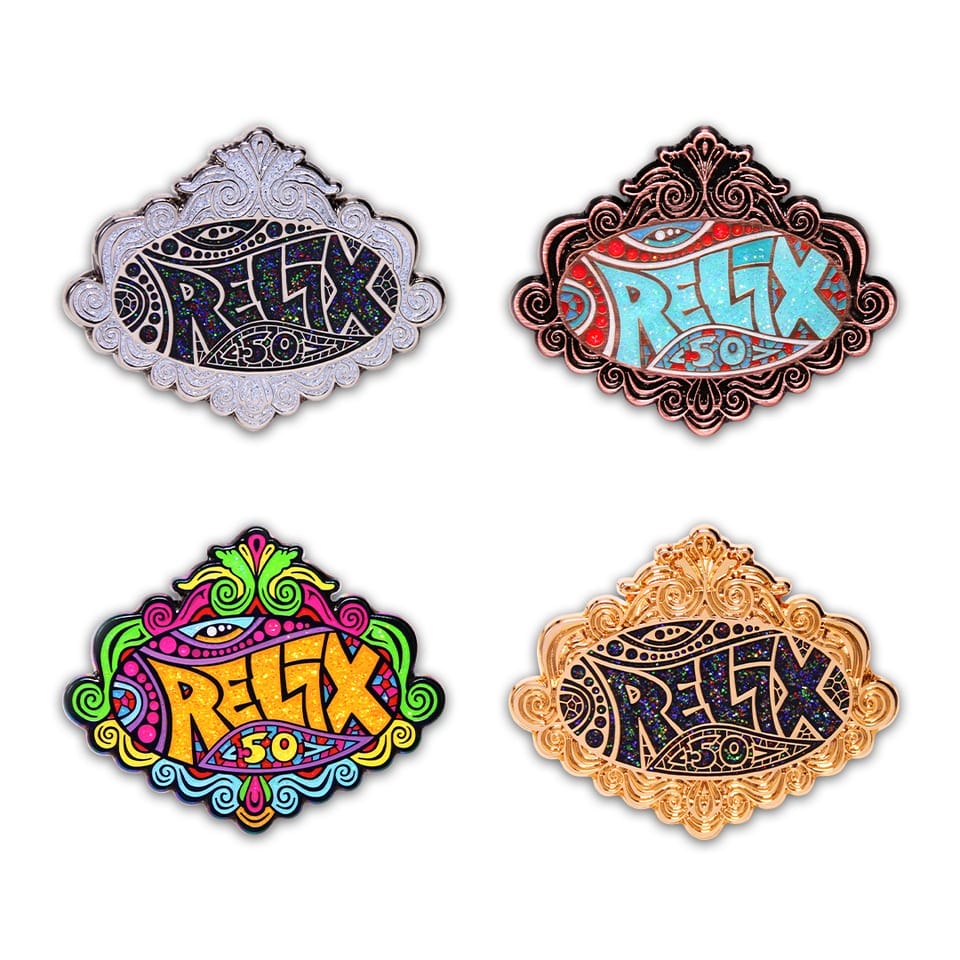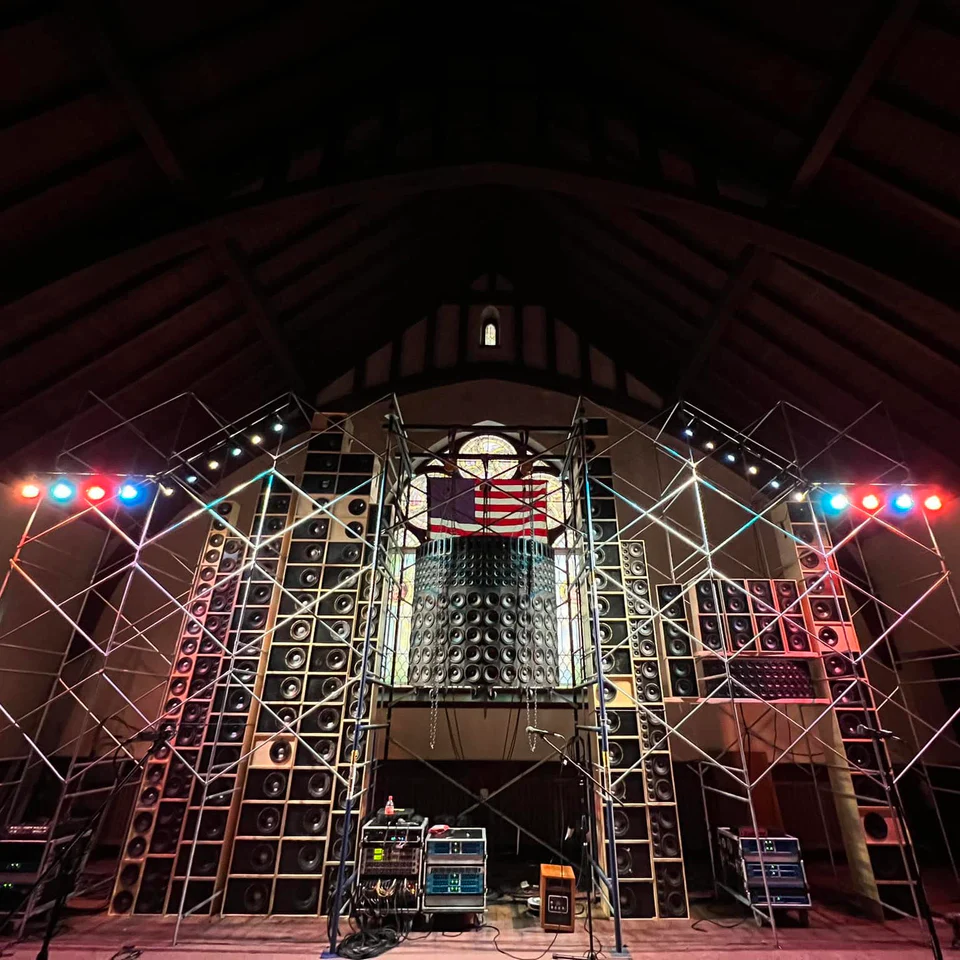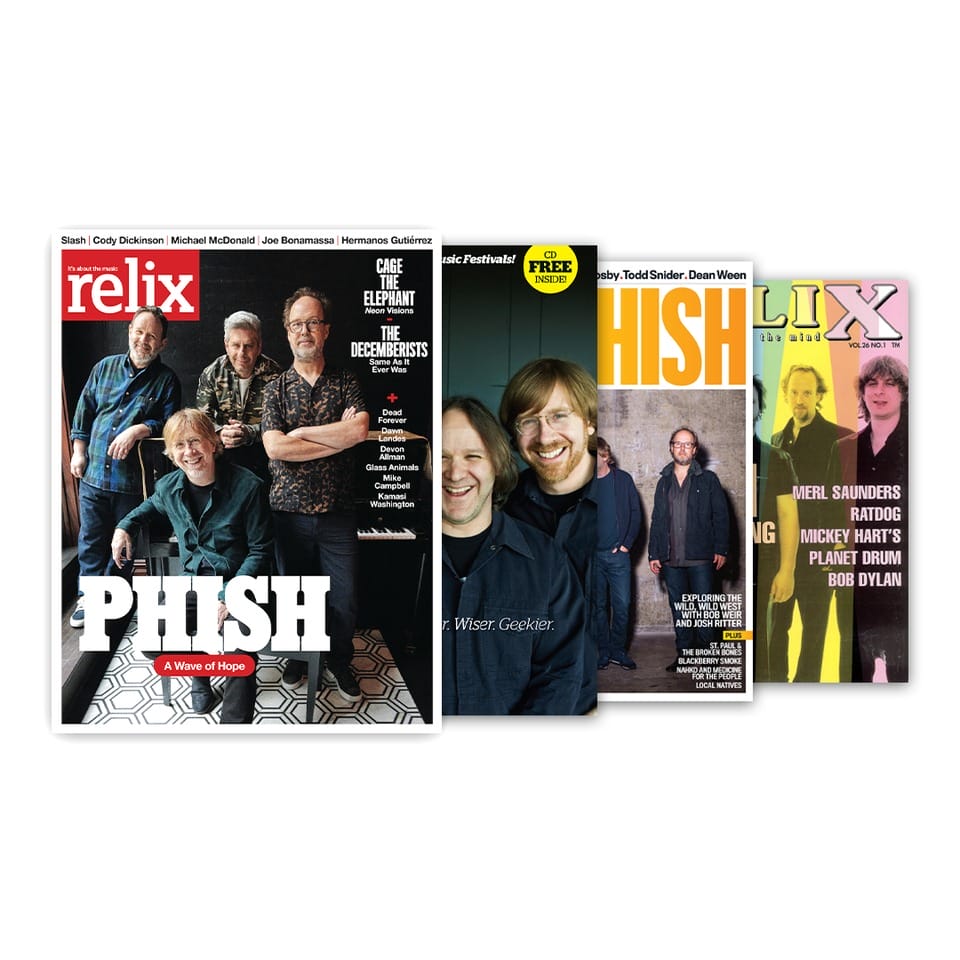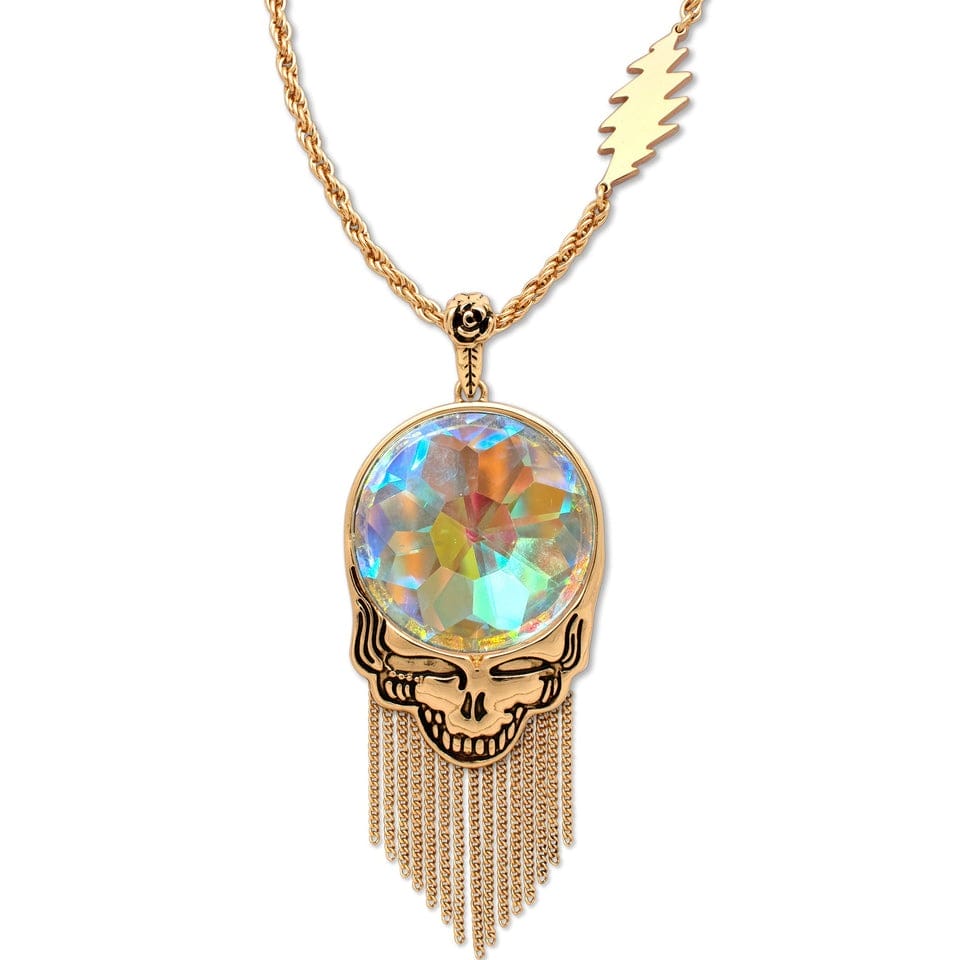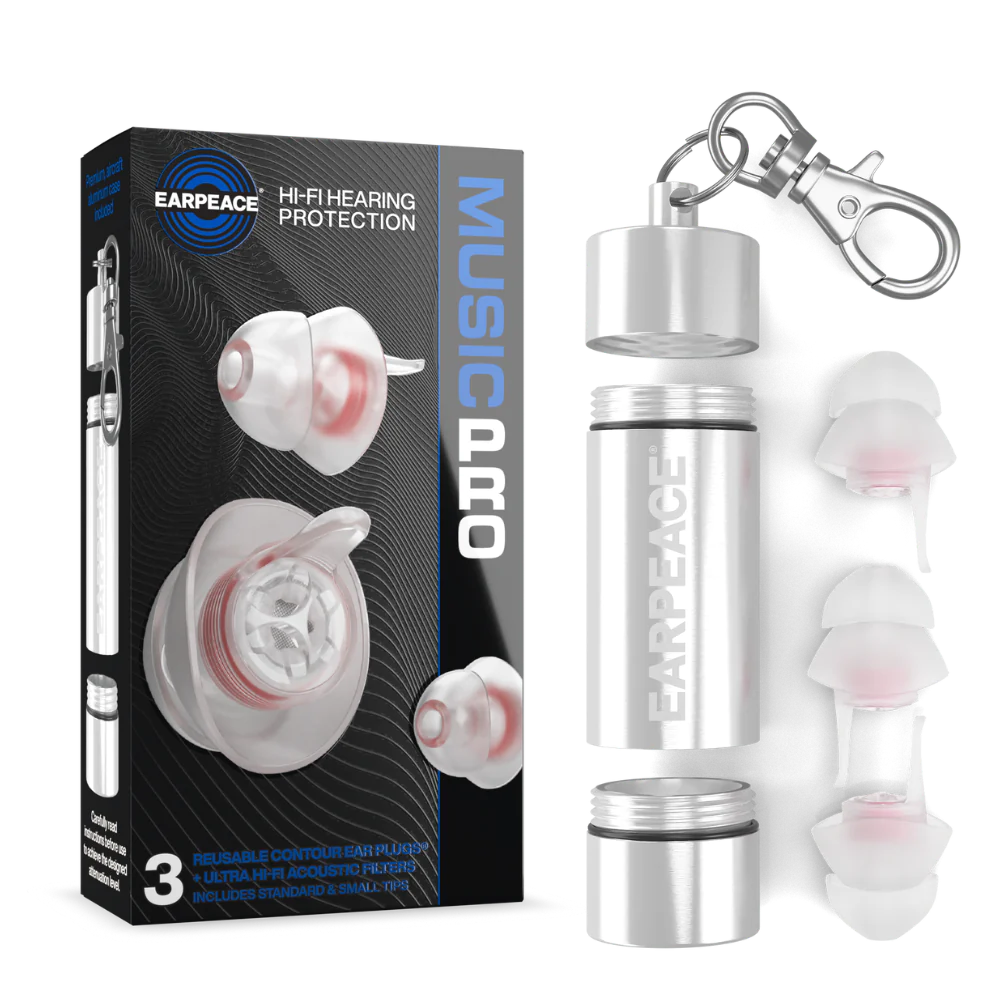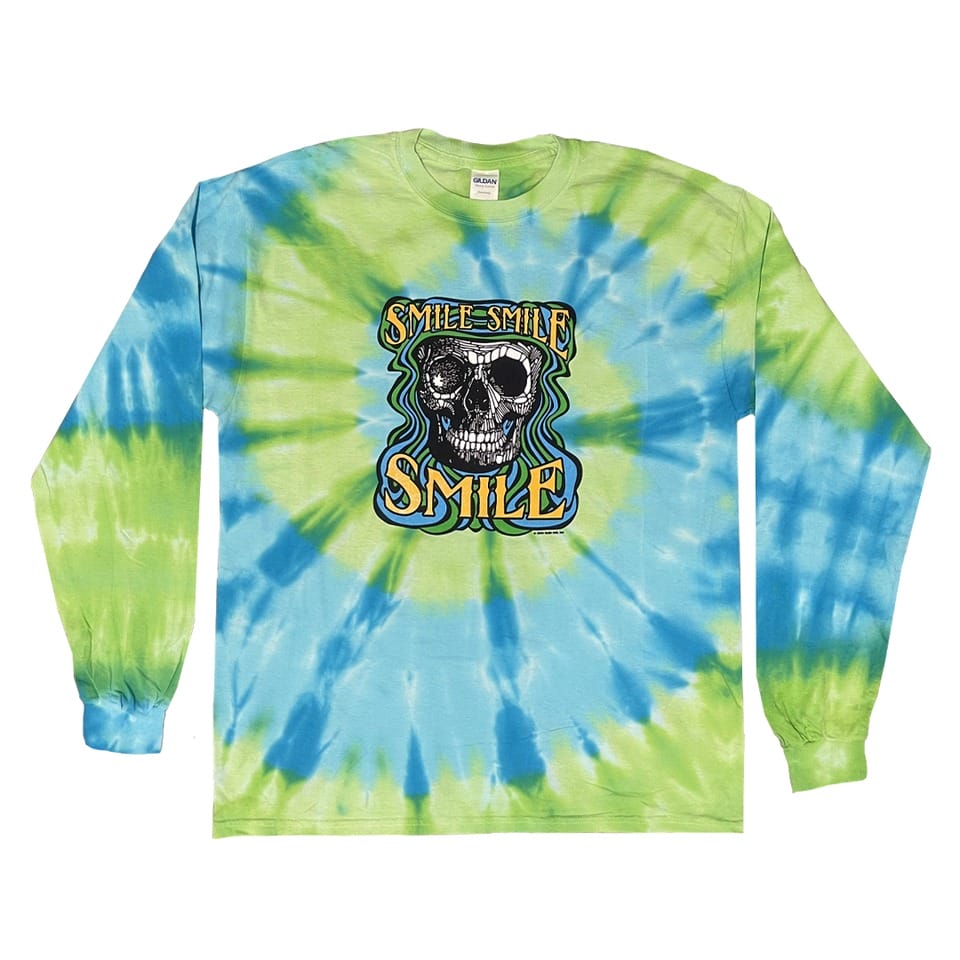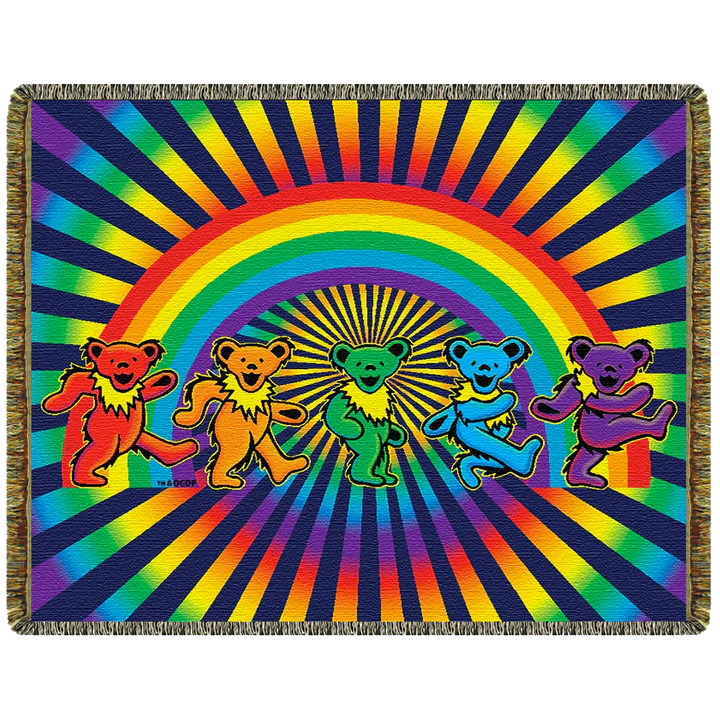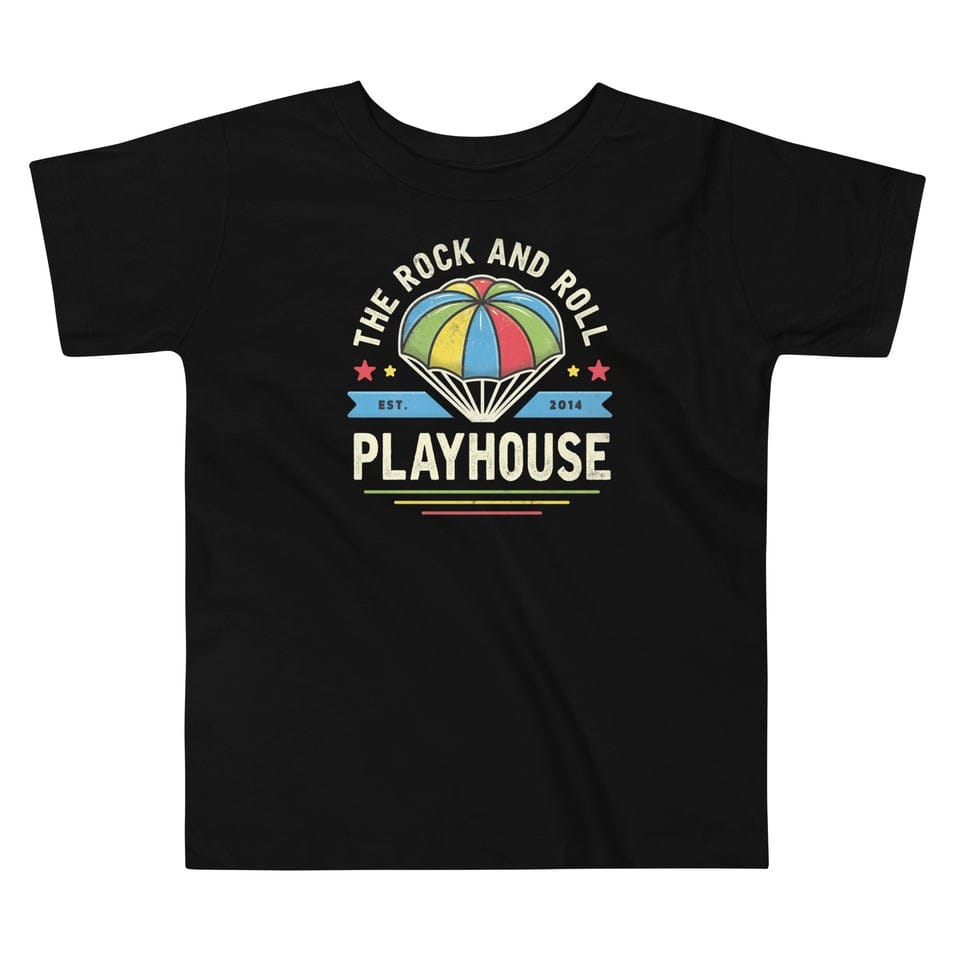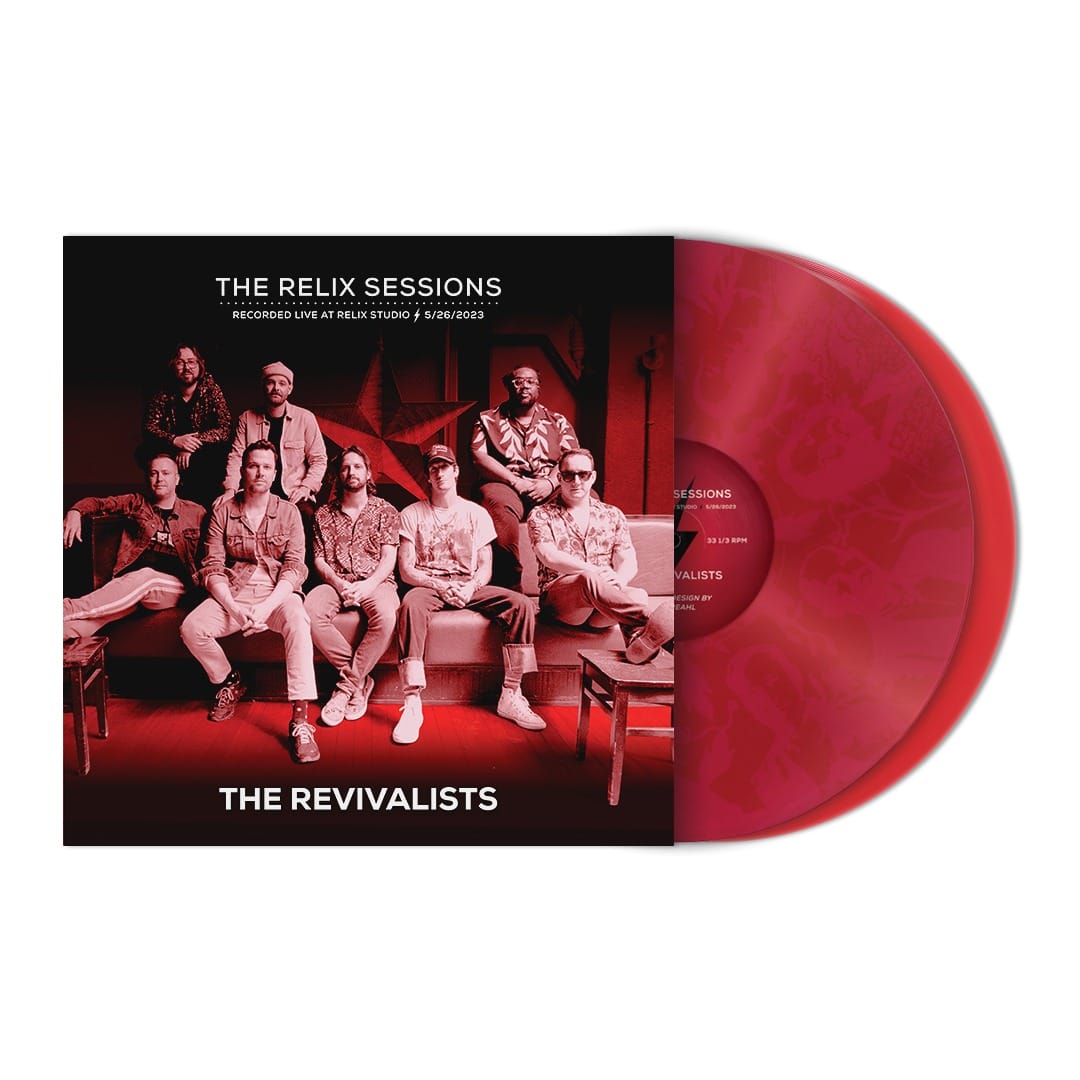The Relix 40: Significant Studio Guitar Solos of the 20th Century
To mark Relix’s 40th year, we are running a series of Relix 40 lists that cover a variety of topics (You can click here to view the complete collection). In our last installment of the Relix 40, we considered live albums. This time, we travel into the recording studio for a list of significant guitar solos from the 20th century.
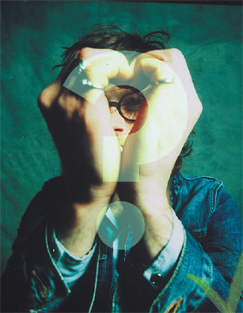
Robert Johnson, “Kind Hearted Woman Blues,” 1936
This is the only recorded solo by the king of the Delta blues.
Django Reinhardt (Quintette du Hot Club de France), “Minor Swing,” 1937
The innovative gypsy guitarist was joined by foil violinist Stéphane Grappelli for this lively version of the song that would become a hallmark.
Charlie Christian (Benny Goodman and His Orchestra), “Solo Flight,” 1941
It’s a fitting title for this effort by the world’s first significant electric guitarist.
Les Paul (with Mary Ford), “How High the Moon,” 1951
Paul not only crafted guitars but he also made them sing.
Chuck Berry, “Johnny B. Goode,” 1958
Berry delivered signature licks in his signature song.
Freddie King, “Hide Away” 1960
One of the three blues Kings is in fine form with his “heavy hand attack.”
Wes Montgomery, “Four On Six,” 1960
This is Incredible Jazz Guitar, indeed.
James Burton (Ricky Nelson), “Hello Mary Lou,” 1961
Burton added twang to the emerging rock lexicon.
Steve Cropper (Booker T. & The M.G.’s), “Green Onions,” 1962
The ever-tasteful player picked his spots perfectly.
Jerry Garcia (Grateful Dead), “Viola Lee Blues,” 1967
Garcia transferred the Acid Test vibe onto vinyl.
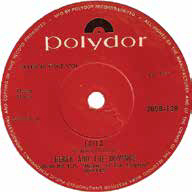
Eric Clapton (The Beatles), “While My Guitar Gently Weeps,” 1968
Unhappy with his own early takes, George Harrison tapped his friend Clapton to have a go at it.
Jimi Hendrix, “All Along the Watchtower,” 1968
Hendrix set the standard here with a version of “Watchtower” that Dylan later emulated.
Keith Richards (The Rolling Stones), “Sympathy for the Devil,” 1968
Richards’ memorable solo served as a fiery complement to Jagger’s swagger.
B.B. King, “The Thrill Is Gone,” 1969
King’s bends and vibrato have allowed this one to sustain.
Carlos Santana (Santana), “Oye Como Va,” 1970
The guitarist animated this Tito Puente tune with his distinctive finesse and flair.
Duane Allman and Eric Clapton (Derek and The Dominos), “Layla,” 1970
This was the beginning of a beautiful (albeit brief ) friendship in a Miami recording studio.
Eddie Hazel (Funkadelic), “Maggot Brain,” 1971
Hazel’s apocalyptic solo burned for nearly 10 minutes.
Jimmy Page (Led Zeppelin), “Stairway To Heaven,” 1971
Page sculpted his solo to suit the epic tune as it escalated to a dynamic close.
John McLaughlin (Mahavishnu Orchestra), “Meeting of the Spirits,” 1971
McLaughlin set the tone on the first track from Mahavishnu’s debut album.
Duane Allman and Dickey Betts (The Allman Brothers Band), “Blue Sky,” 1972
Released after Duane Allman’s death, this song showcased both of the group’s stellar guitar stylists.
Albert King, “I’ll Play the Blues for You, Pts. 1–2,” 1972
This King could sting.
Elliott Randall (Steely Dan), “Reelin’ in the Years,” 1972
Jimmy Page has reportedly identified this solo as an all-time studio favorite.
Allen Collins and Gary Rossington (Lynyrd Skynyrd), “Free Bird,” 1973
This was easy to caricature, yet it has had enduring character.
Neil Young, “Cortez The Killer” 1975
Quintessential Young: winning the day through energy and attitude.
Jeff Beck, “Cause We’ve Ended as Lovers” 1975
Beck’s solo is moving, expressive and, as a bonus, dedicated to one of the unsung guitar greats, Roy Buchanan.
Don Felder and Joe Walsh (Eagles), “Hotel California,” 1976
The underrated Felder, and the duly-appreciated Walsh, own the final two minutes of a classic composition.
Eddie Van Halen (Van Halen), “Eruption,” 1978
Eddie Van Halen sounded a call on Van Halen’s debut album.
David Gilmour (Pink Floyd), “Comfortably Numb,” 1979
This solo is majestic in its own right and also an essential piece of The Wall.
Frank Zappa, “Watermelon in Easter Hay” 1979
Zappa later explained that the formal title for this one was “Playing a Guitar Solo with This Band Is Like Trying to Grow a Watermelon in Easter Hay.”
Randy Rhoads (Ozzy Osbourne), “Crazy Train,” 1980
Rhoads recorded only two albums with Ozzy (and two with Quiet Riot) before his death in a plane crash at 25.

- “Limelight,” 1981*
Lifeson’s solo evoked the isolation of the song’s lyrics.
Stevie Ray Vaughan, “Pride and Joy,” 1983
With the title track on his first album, Vaughan delivered a searing introduction from the Lone Star State.
Slash (Guns N’ Roses), “Sweet Child o’ Mine,” 1987
This is Slash’s clarion call on Guns N’ Roses’ debut. (Although some would argue that his finest studio solo was on 1991’s “November Rain.” )
Joe Satriani “Surfing with the Alien,” 1987
Satriani brought the power of instrumental music back to the mainstream and inspired a generation of would-be shredders.
Kirk Hammett (Metallica), “One,” 1988
When playing the band’s epic anti-war ballad, Hammett tapped this one out of the park.
Kurt Cobain (Nirvana), “Come as You Are,” 1991
Along with “Smells Like Teen Spirit,” this one helped to birth a thousand bands.
Tom Morello (Rage Against The Machine), “Killing in the Name,” 1992
Morello’s trills offered the perfect counterpoint to Zack de la Rocha’s intense vocals on the band’s debut.
Trey Anastasio (Phish), “Stash,” 1992
This has proven to be an abiding studio expression of tension and release.
Jonny Greenwood (Radiohead), “Paranoid Android,” 1997
At times, Greenwood has been overlooked as an individual contributor because he has served the mood so perfectly.
John Scofield, “Hottentot,” 1998
Sco helped usher in a new groove revolution.


